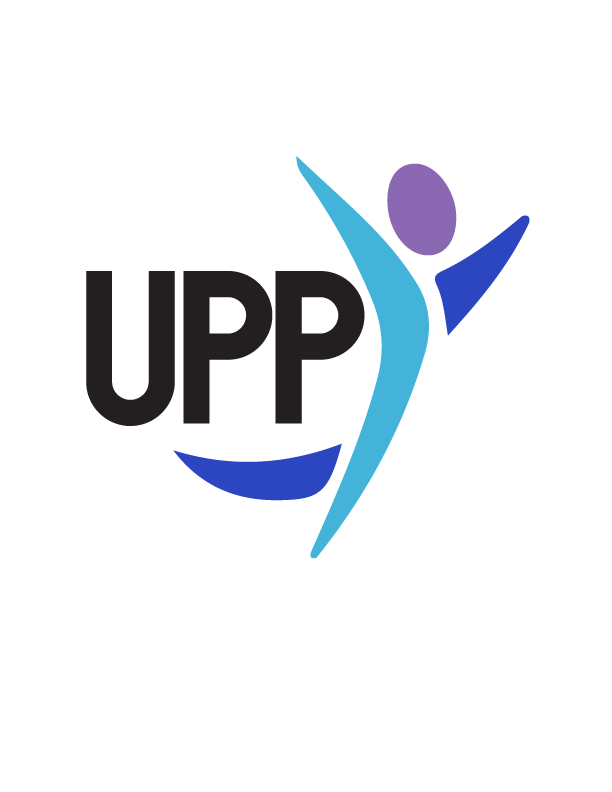WEEK 34- Best Possible Self and Dream Job
Equipment Required
Pen and Paper
PERMAH Element
Positive emotions and Accomplishment
Teachers to read and facilitate the following:
Rationale
The focus of attention on both the good and the possible can produce a burst of inspiration (Boniwell, 2012). Thinking and writing optimistically about our future can increase our positive emotions and enhance wellbeing in a sustainable way (Sheldon & Lyubomirsky, 2006). This is because optimism is born out of a positive expectation of our future. Developing an optimistic viewpoint has many advantages, including: being more healthy, having less stress, being more adaptive and able to apply continuous effort. If we think that the future can be positive, we are more willing to put in time and energy to make that come about (Segerstrom, 2014).
Description of Personal Wellbeing Practice: Best Possible Self and Dream Job
We are going to spend 3 minutes visualising our best possible self and dream job and then we will write down what we imagined.
Sitting quietly, close your eyes.
Spend 3 minutes thinking about yourself in 10 years time. Think that everything has gone as well as it possibly could. That you have achieved what you aimed for. That you are the best possible version of yourself. Visualise yourself working in your dream job and what that looks like. Imagine you have worked hard and have all of what you had hoped for. You are where you wanted to be at this stage. You are the sort of person that you want to be. Think about what you have studied, where you are living and how you are feeling about your life.
Now write down what you envisioned for your best possible self and job.
Main message:
“Optimism is the faith that leads to achievement, nothing can be done without hope and confidence.” — Helen Keller
UPP’s Personal Wellbeing Practices
A Personal Wellbeing Practice (PWP) is an evidenced-based positive psychology intervention, applied in school communities or other educational settings. At UPP, we have tried to make these PWP’s simple, concise and relevant for students and their teachers. The six elements for the Personal Wellbeing Practices are: Positive emotion (P); Engagement (E); Relationships (R); Meaning (M); Accomplishment (A); and, Health (H).
We hope that these evidence-based tools of positive psychology will enhance help people to thrive and live their best life, both within and beyond the school gates.
For more activities like this (and much more), check out THRIVE Online Lesson Modules for Pastoral Care and Wellbeing.
Unleashing Personal Potential

